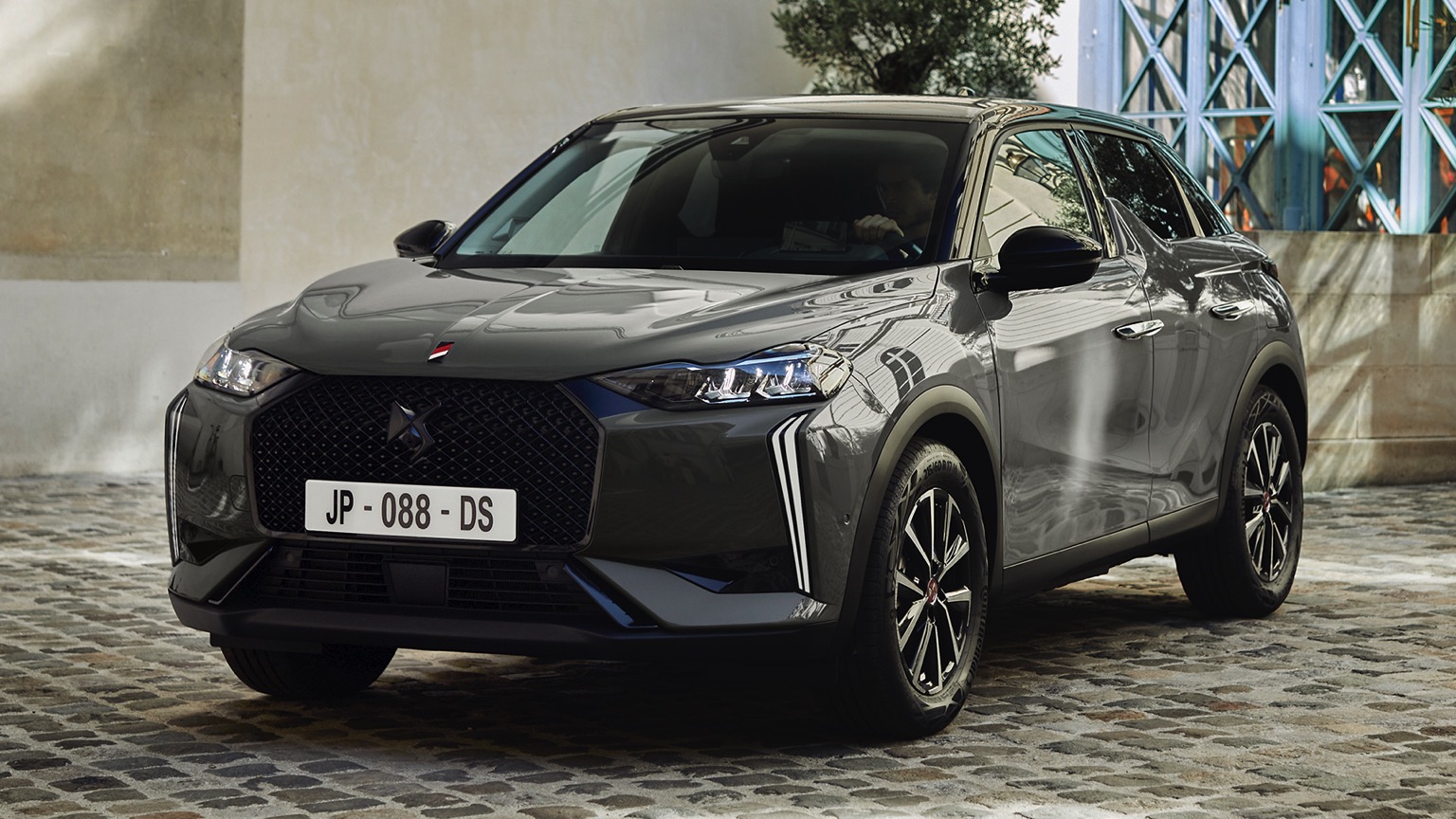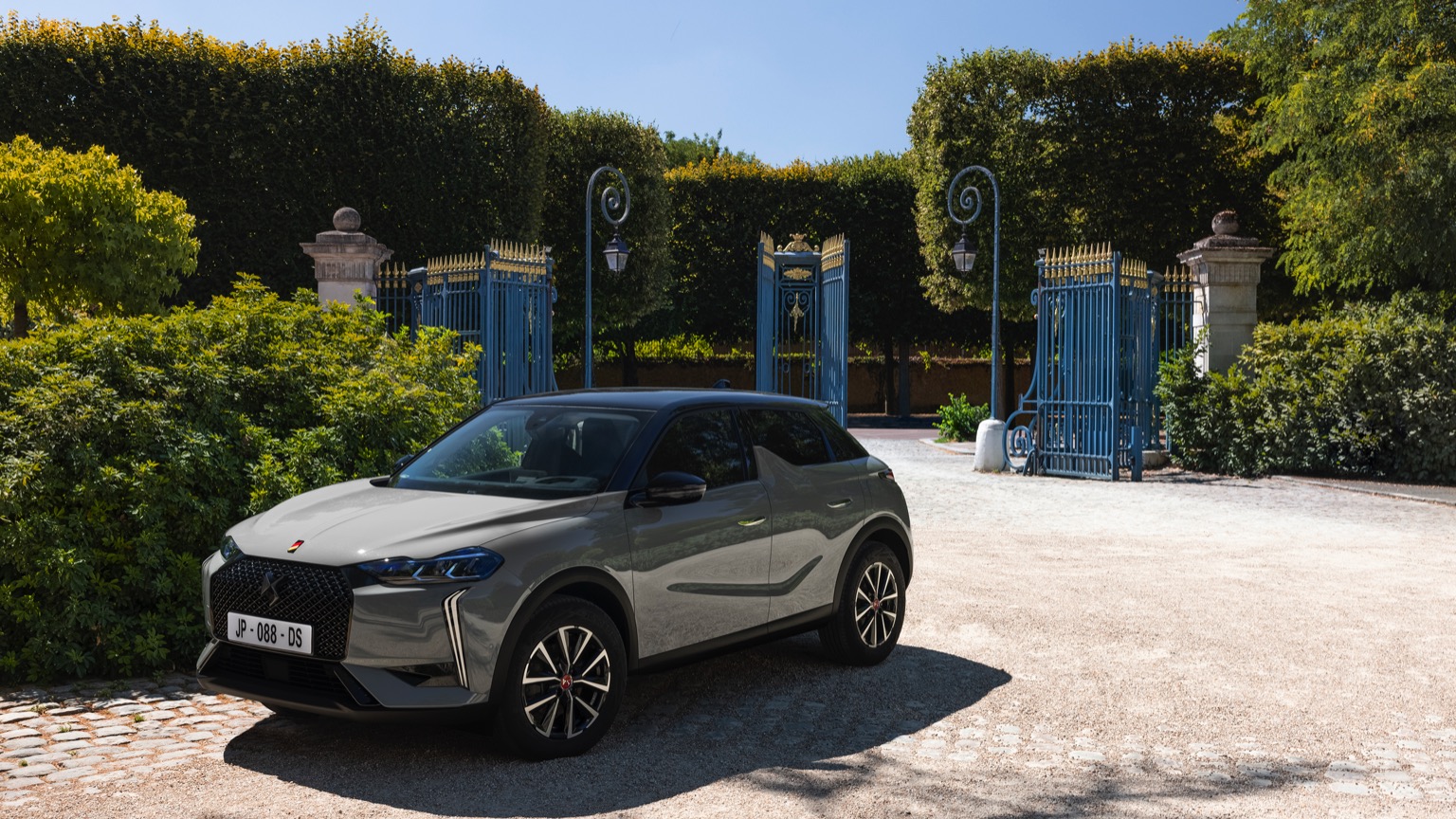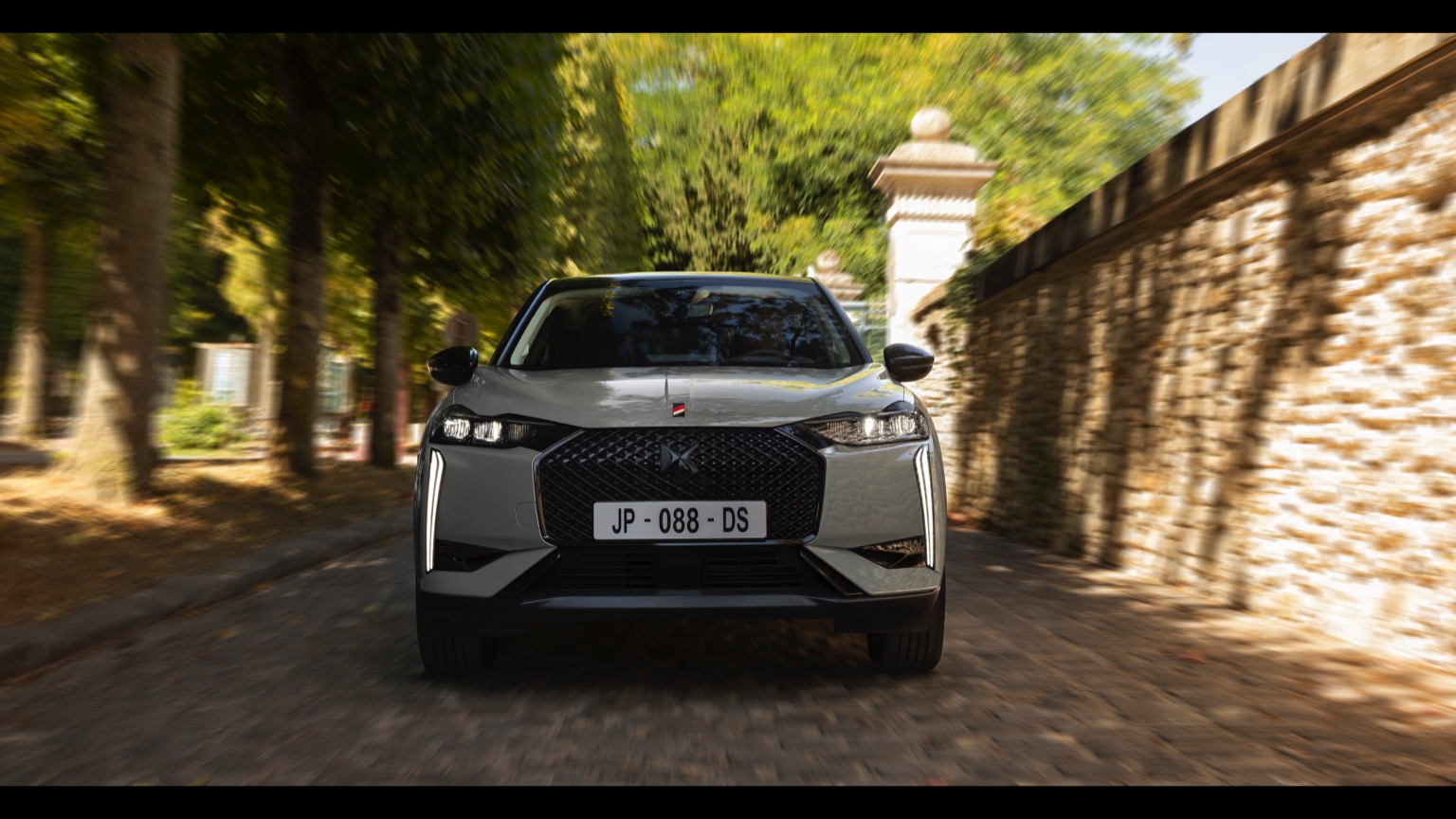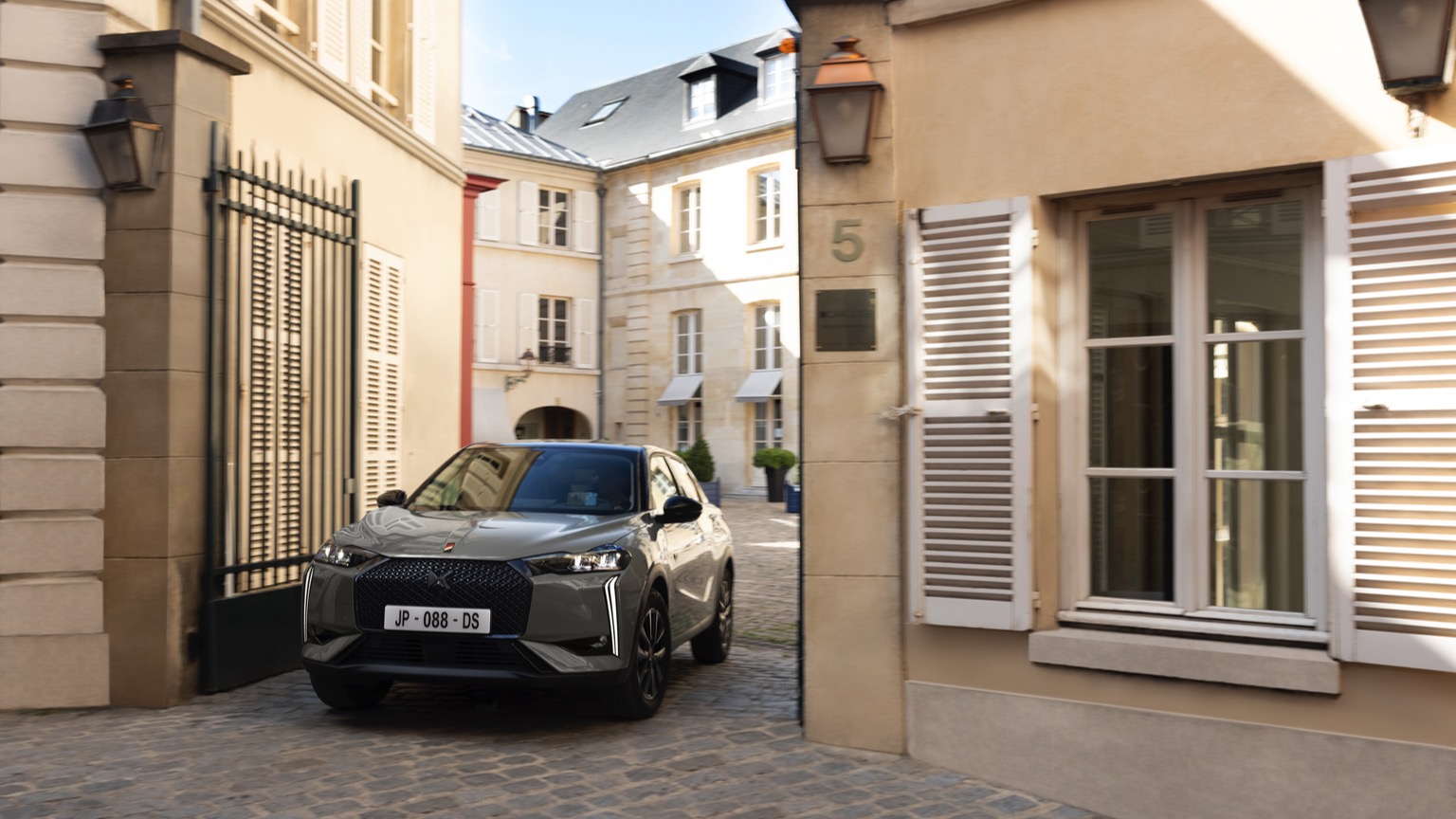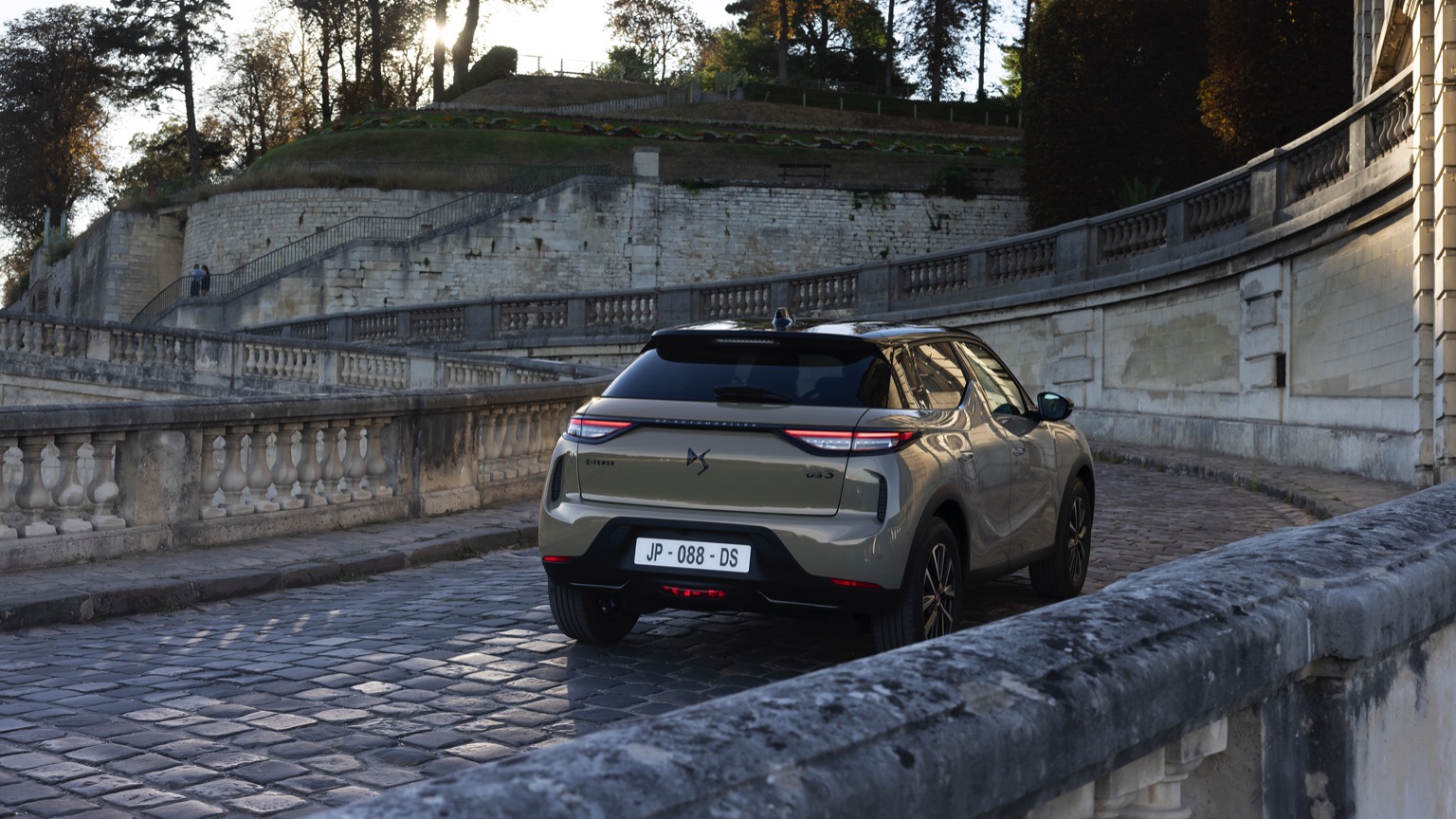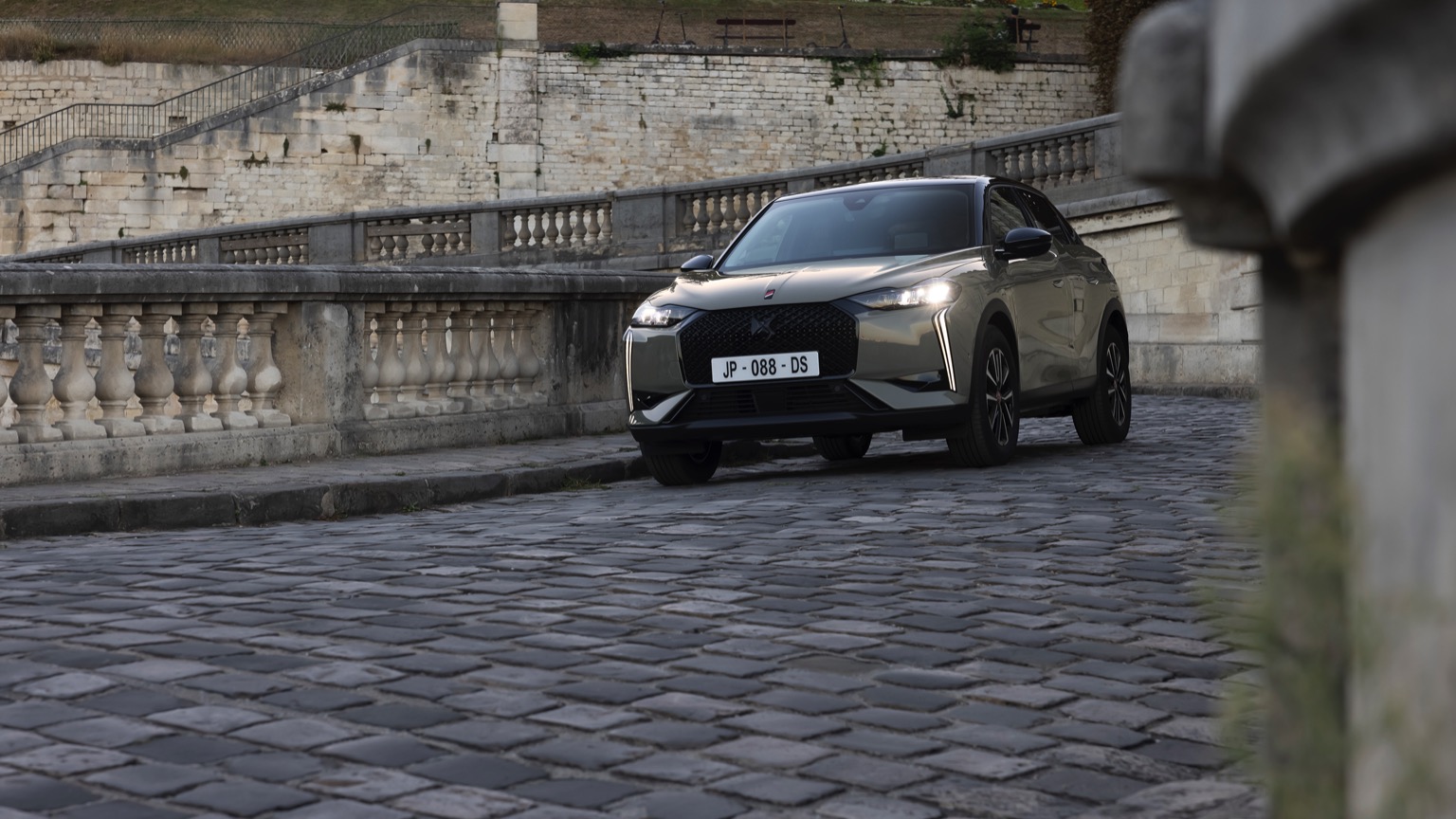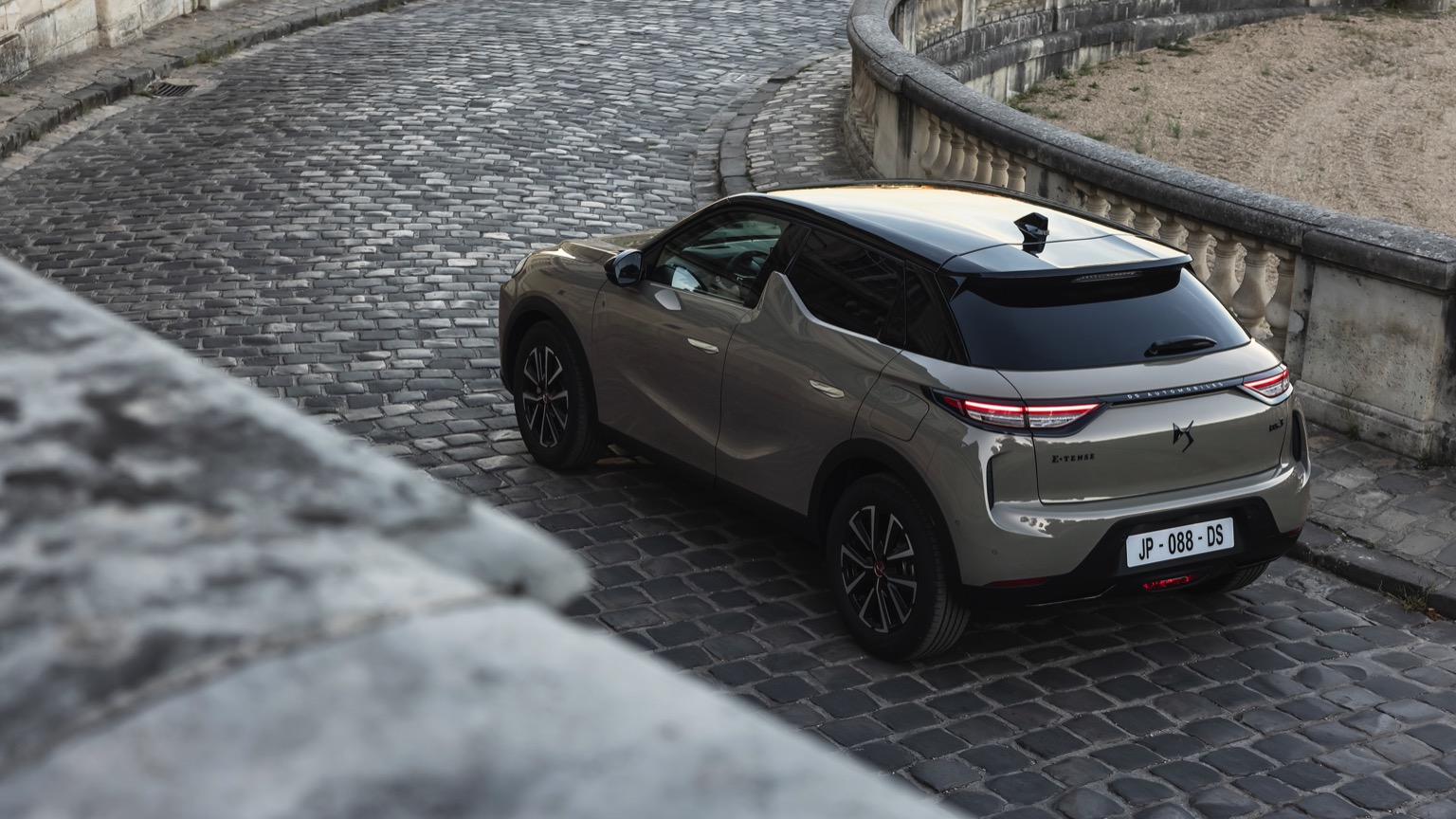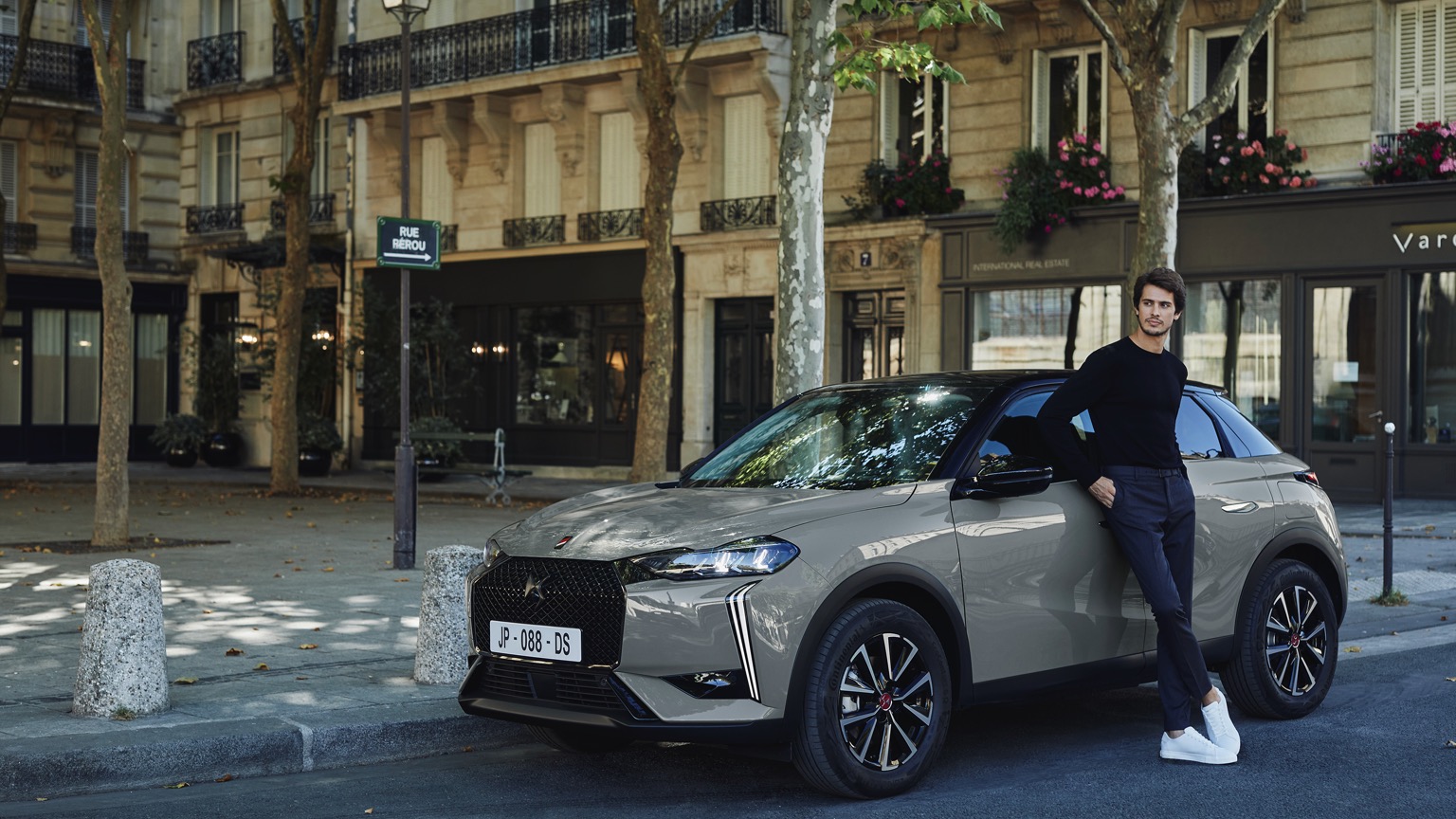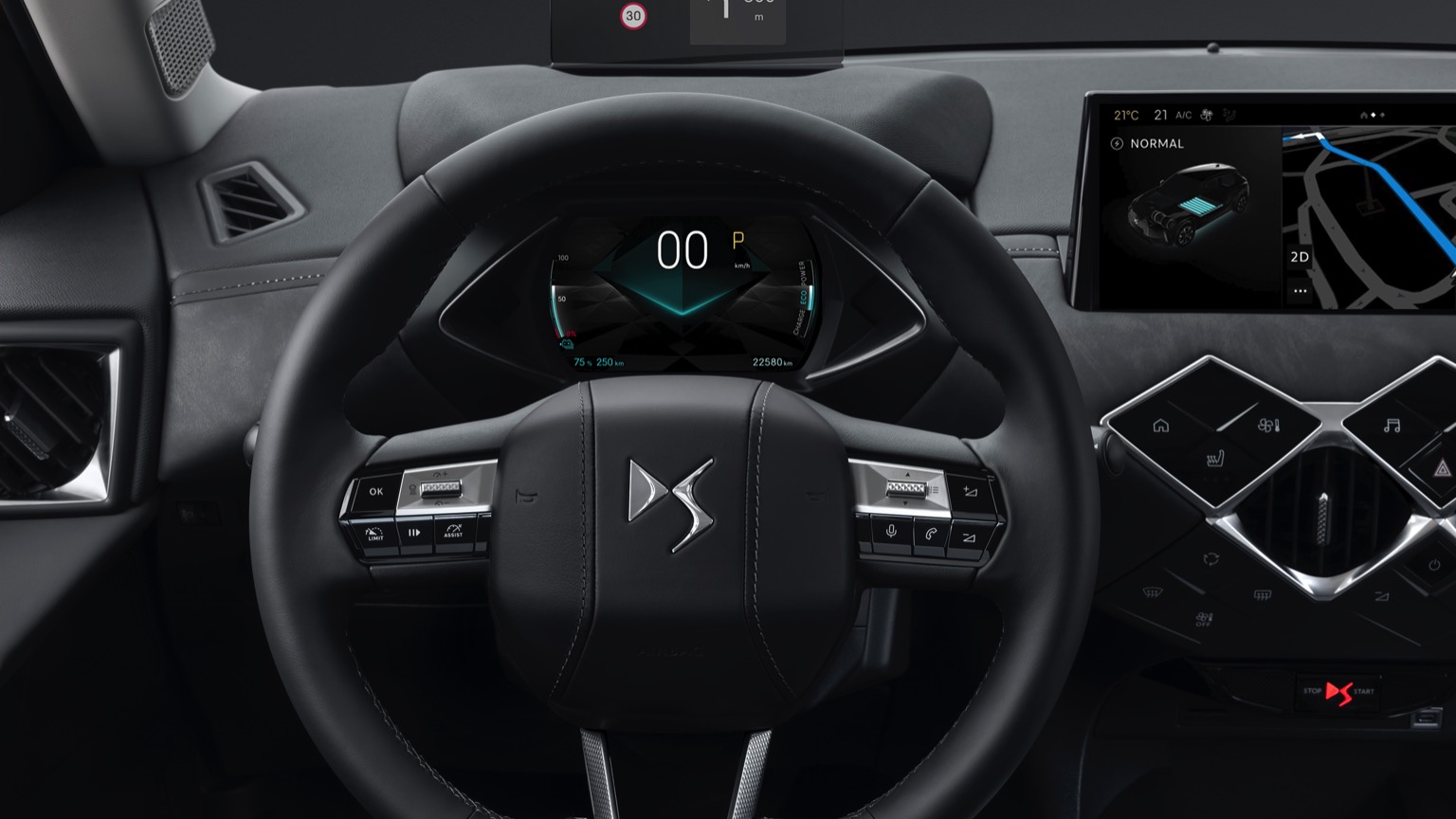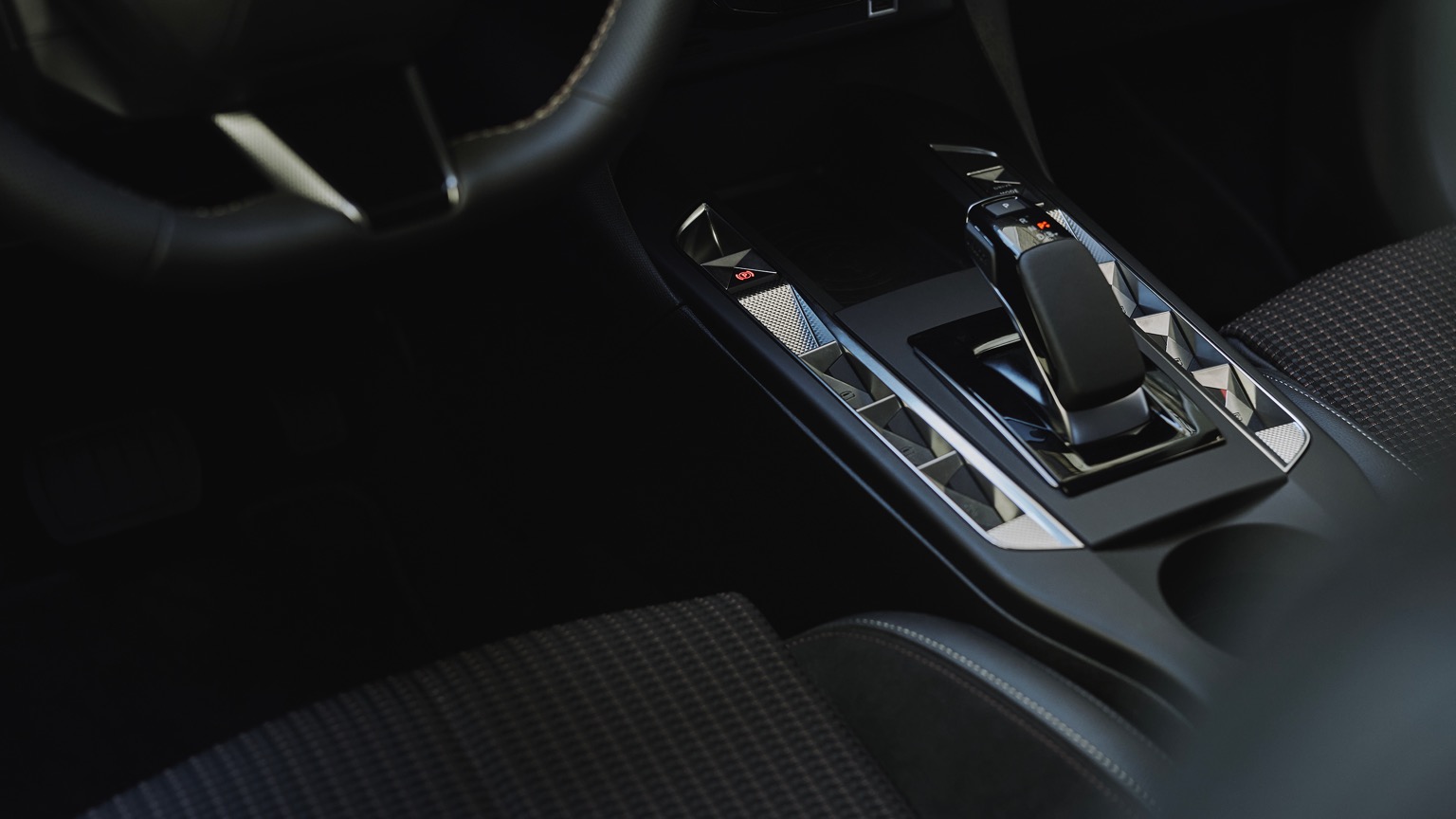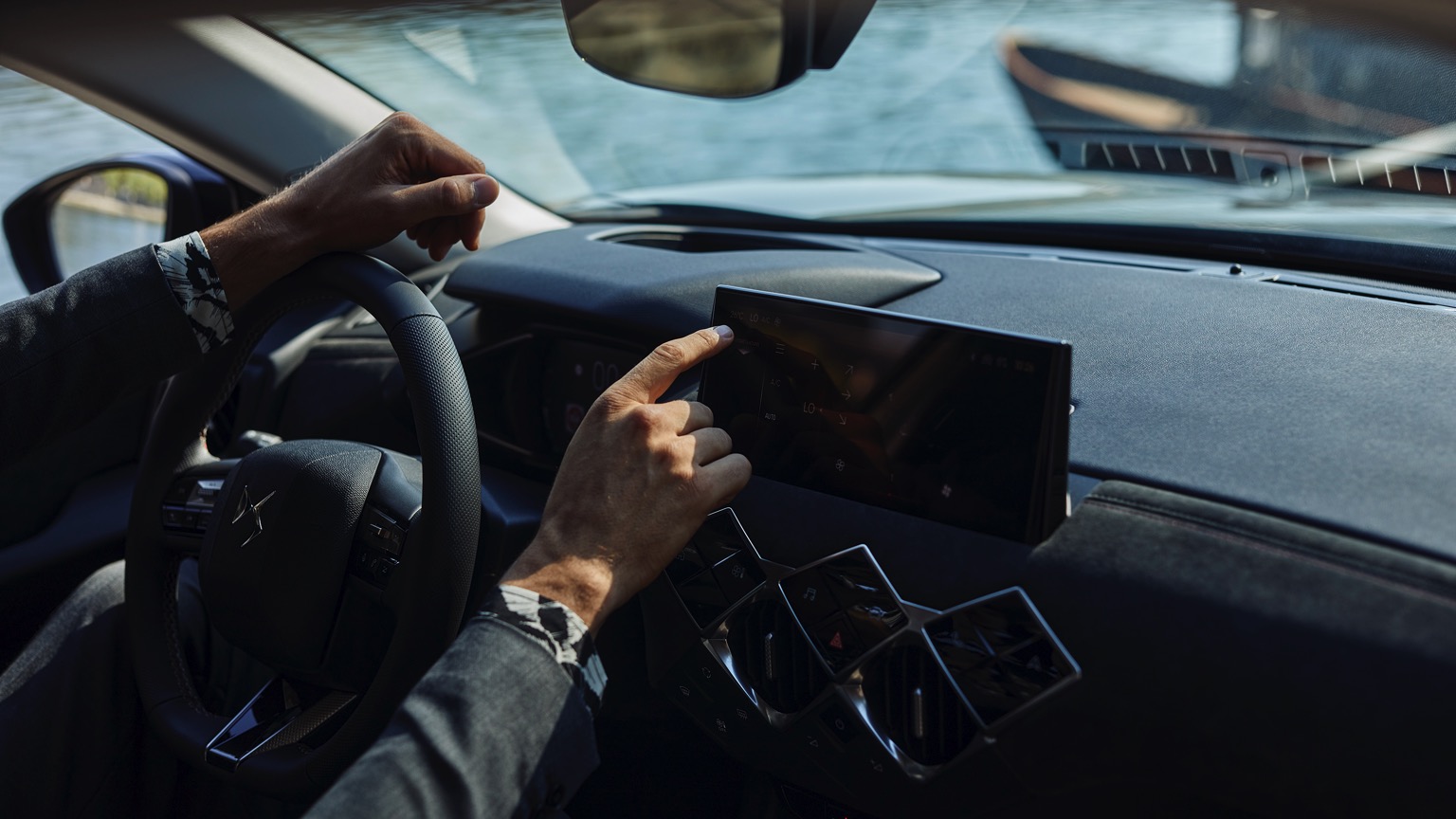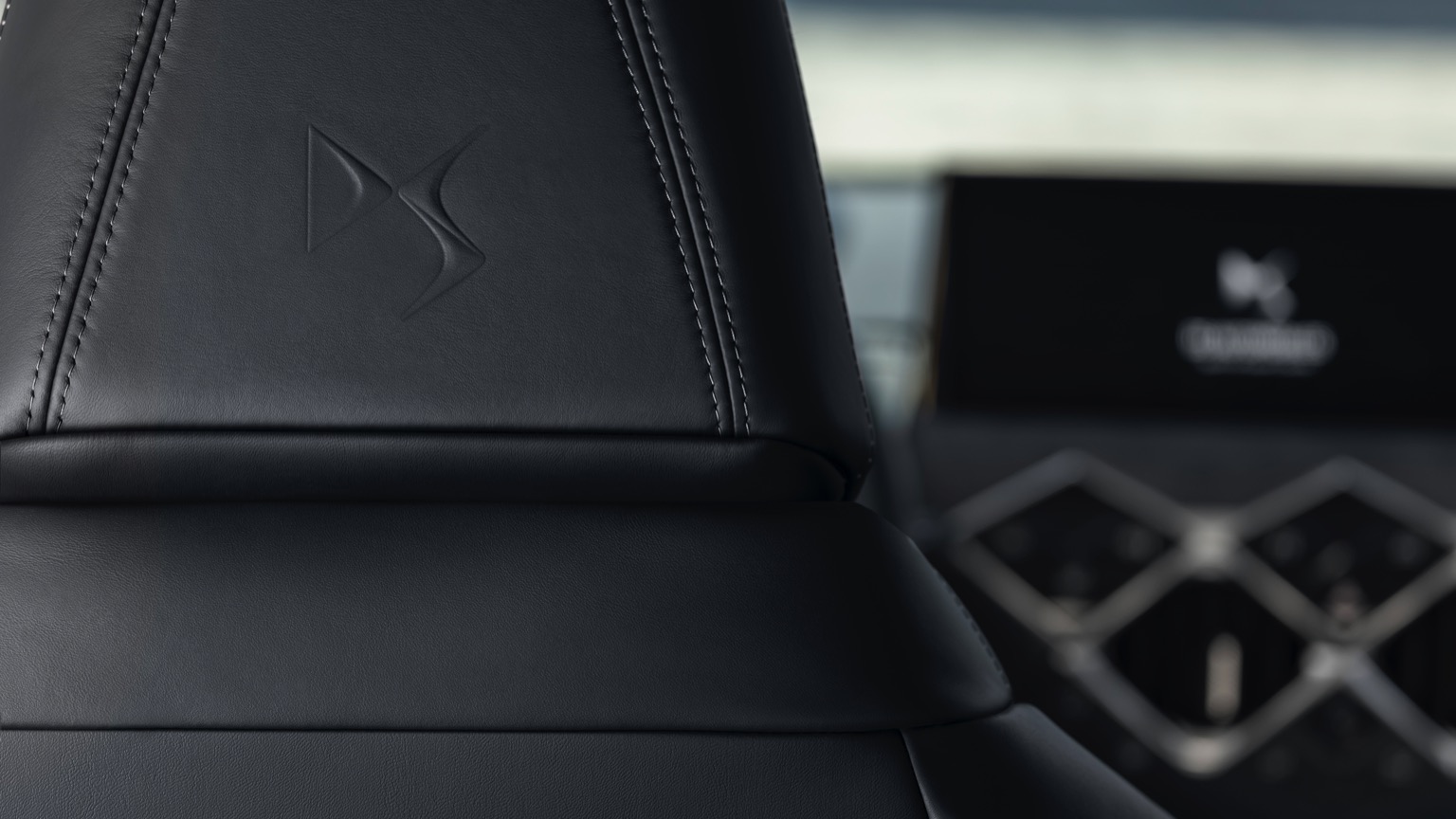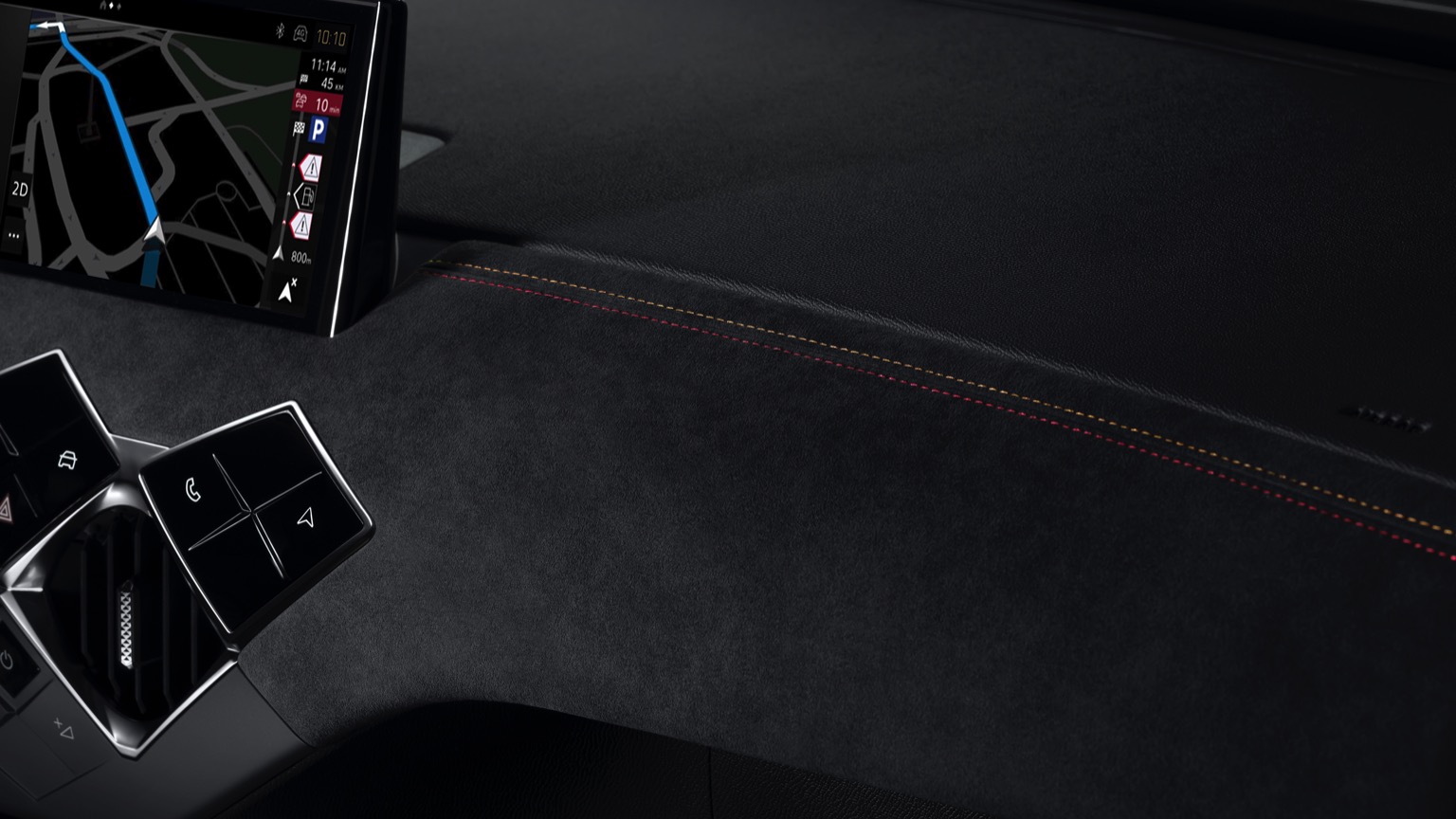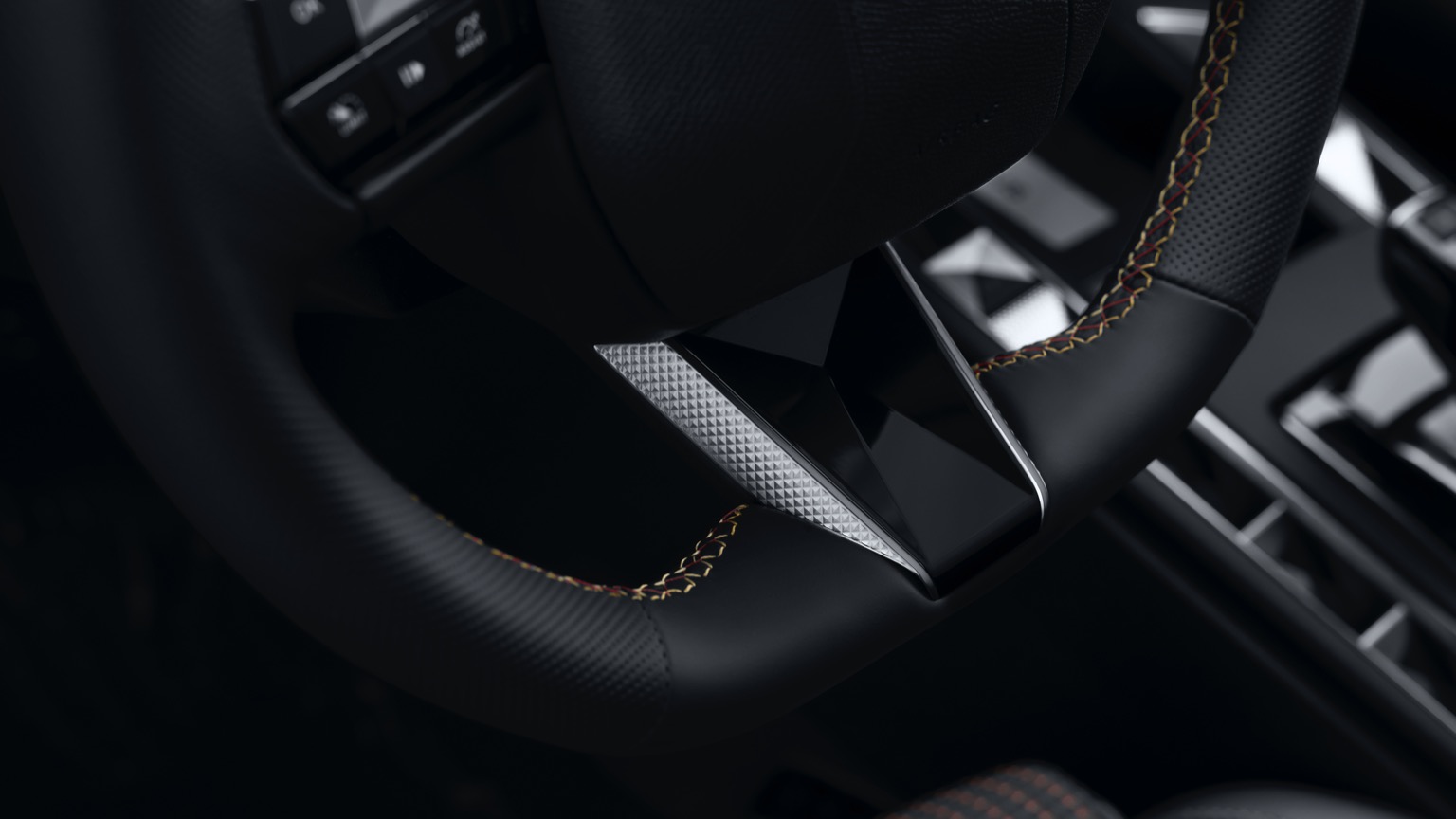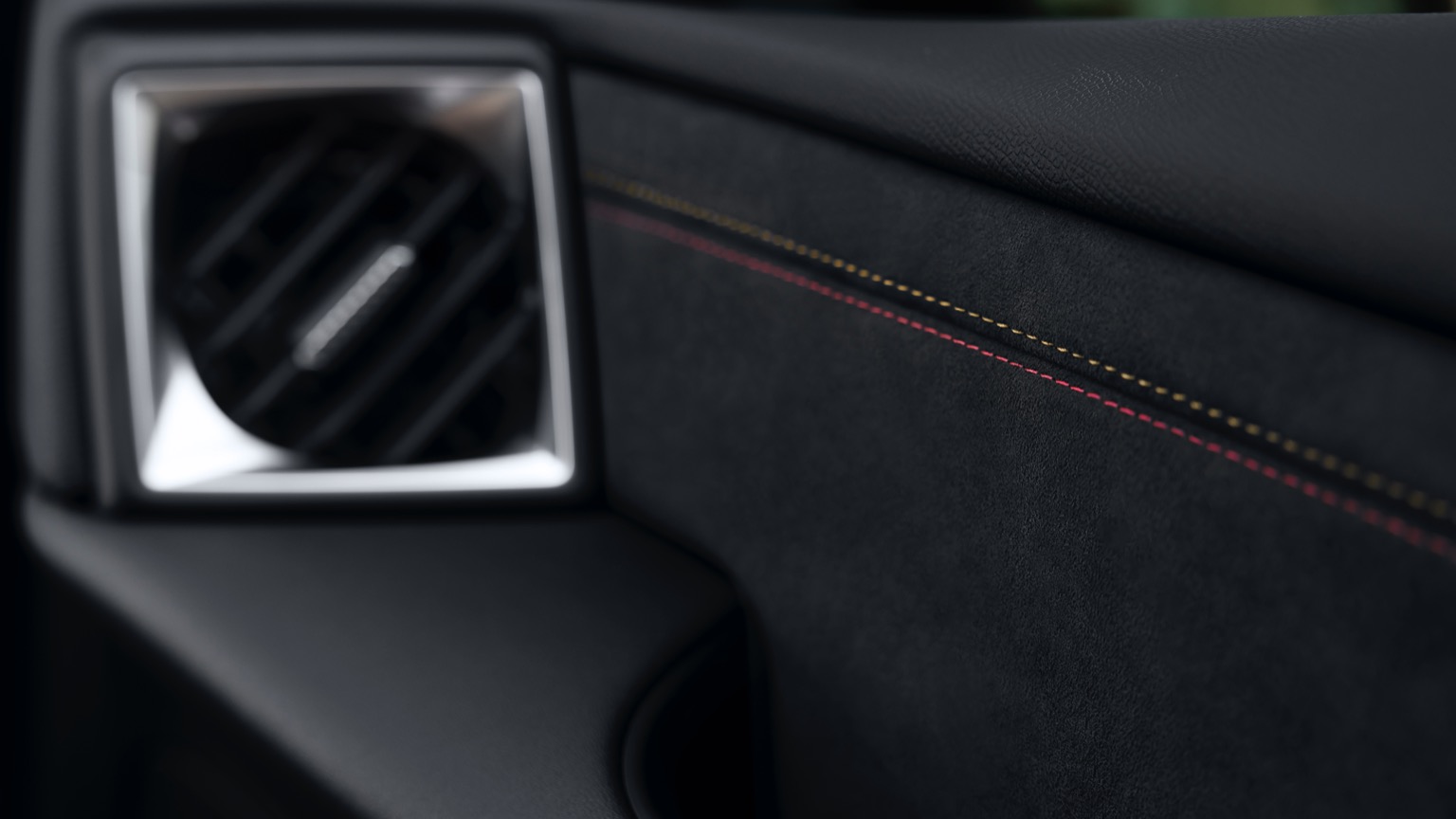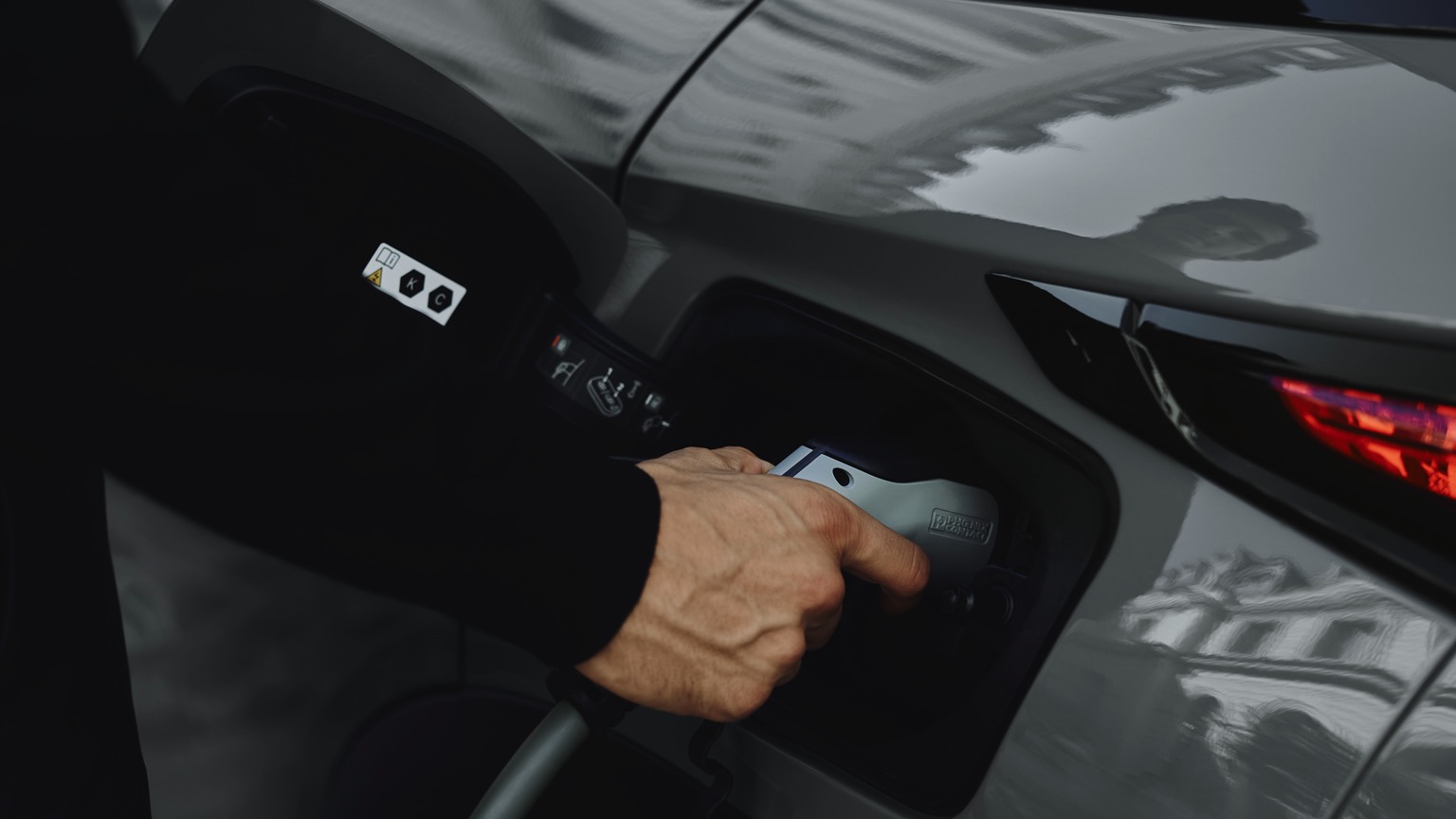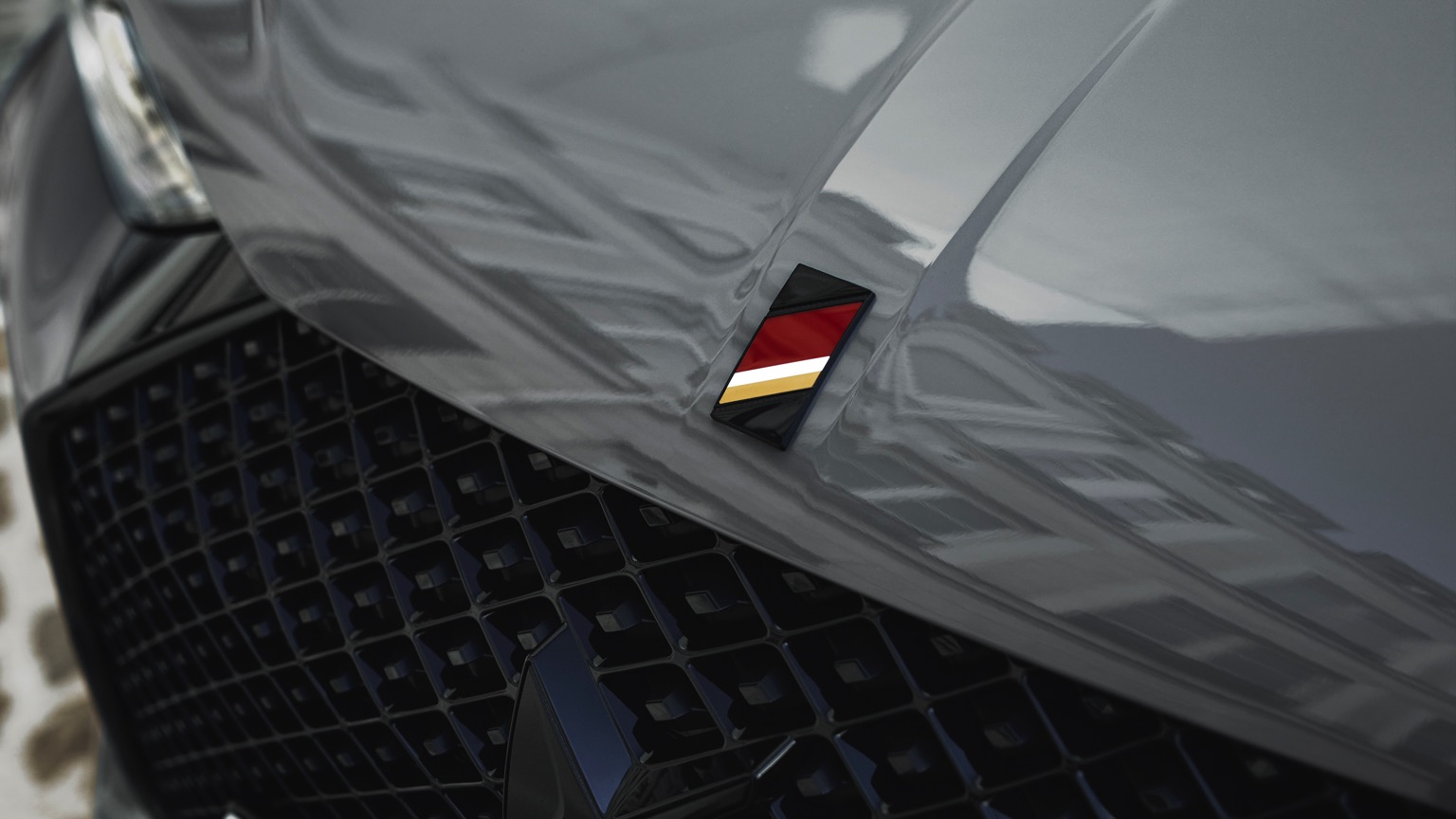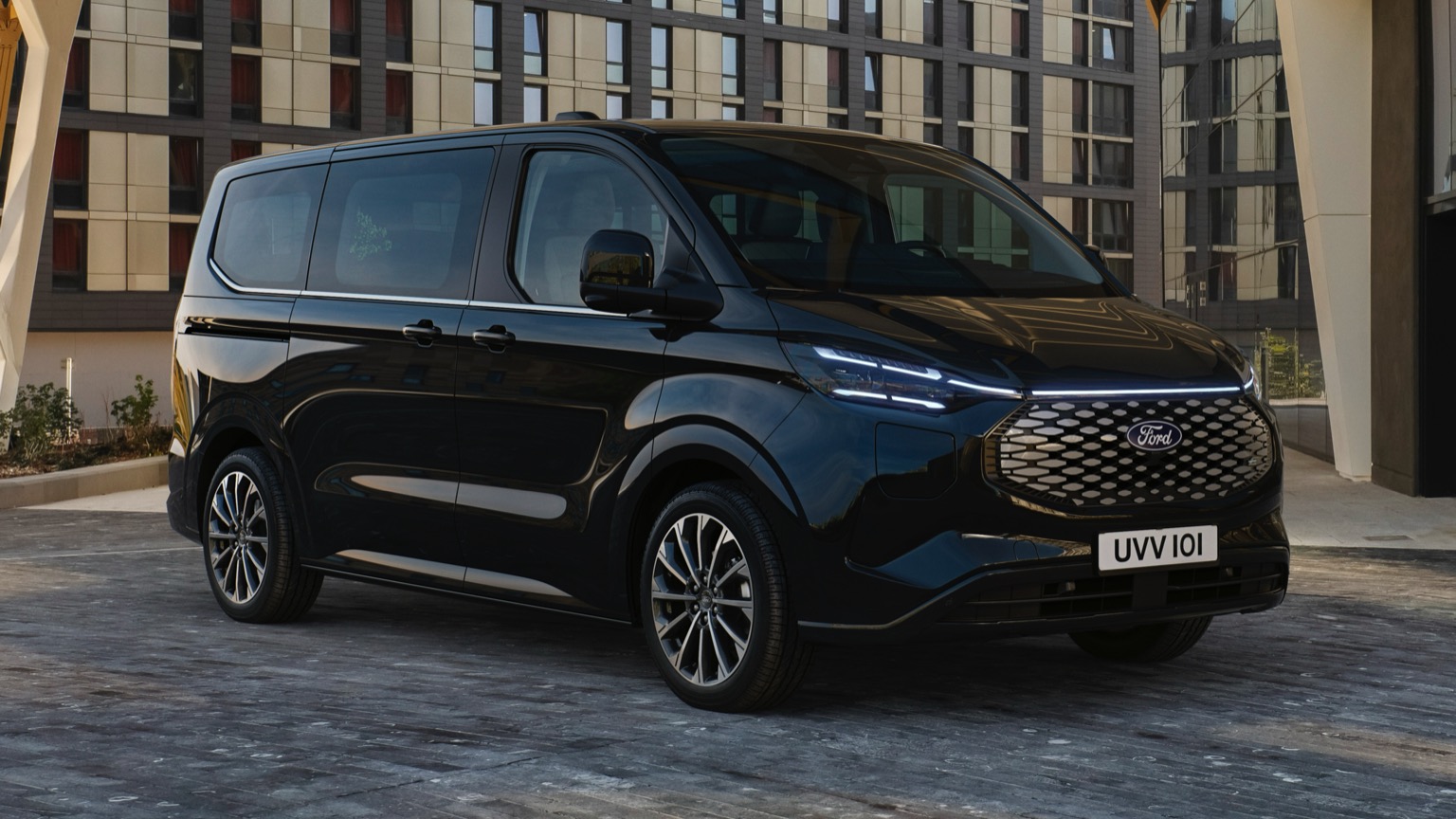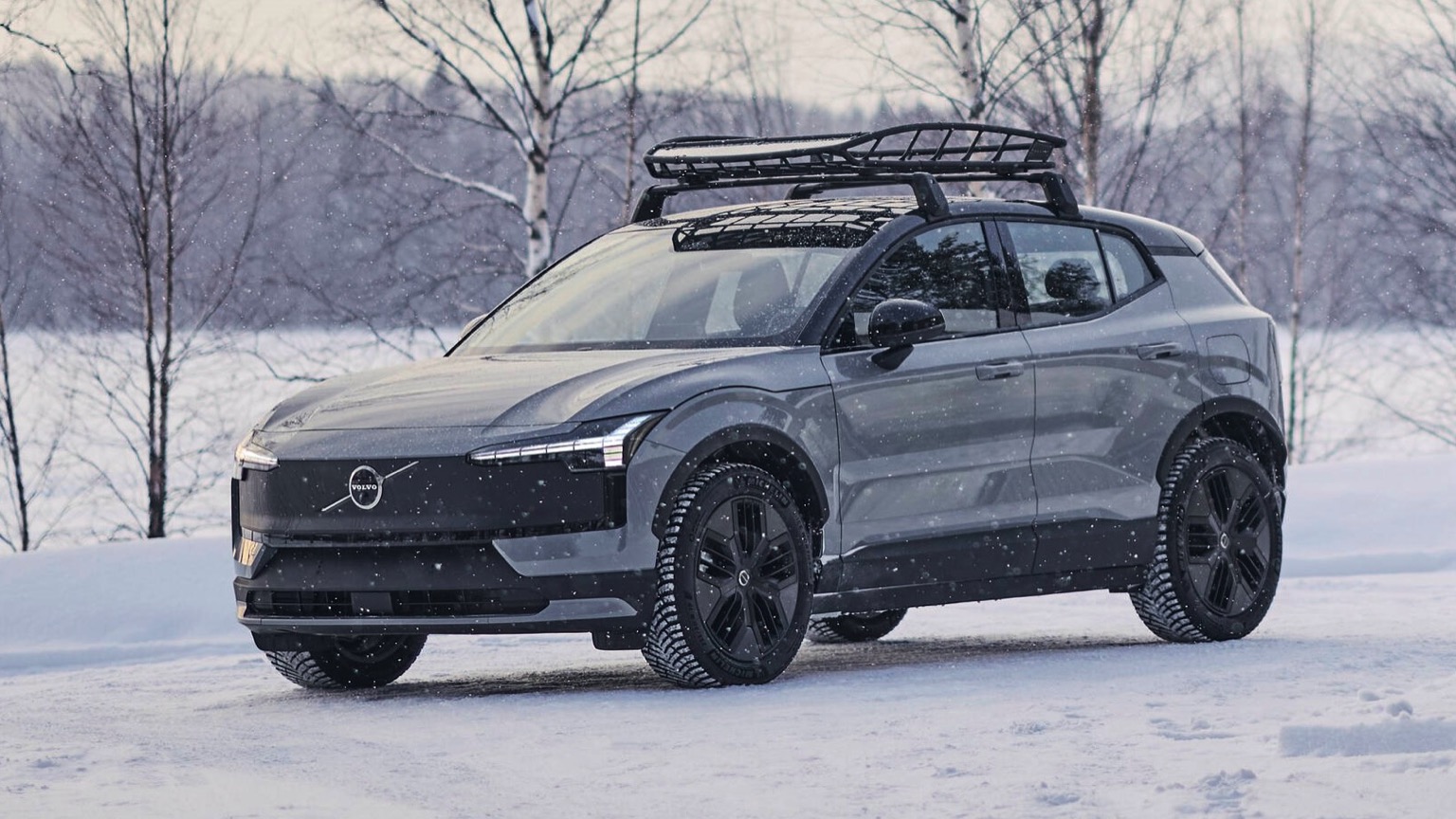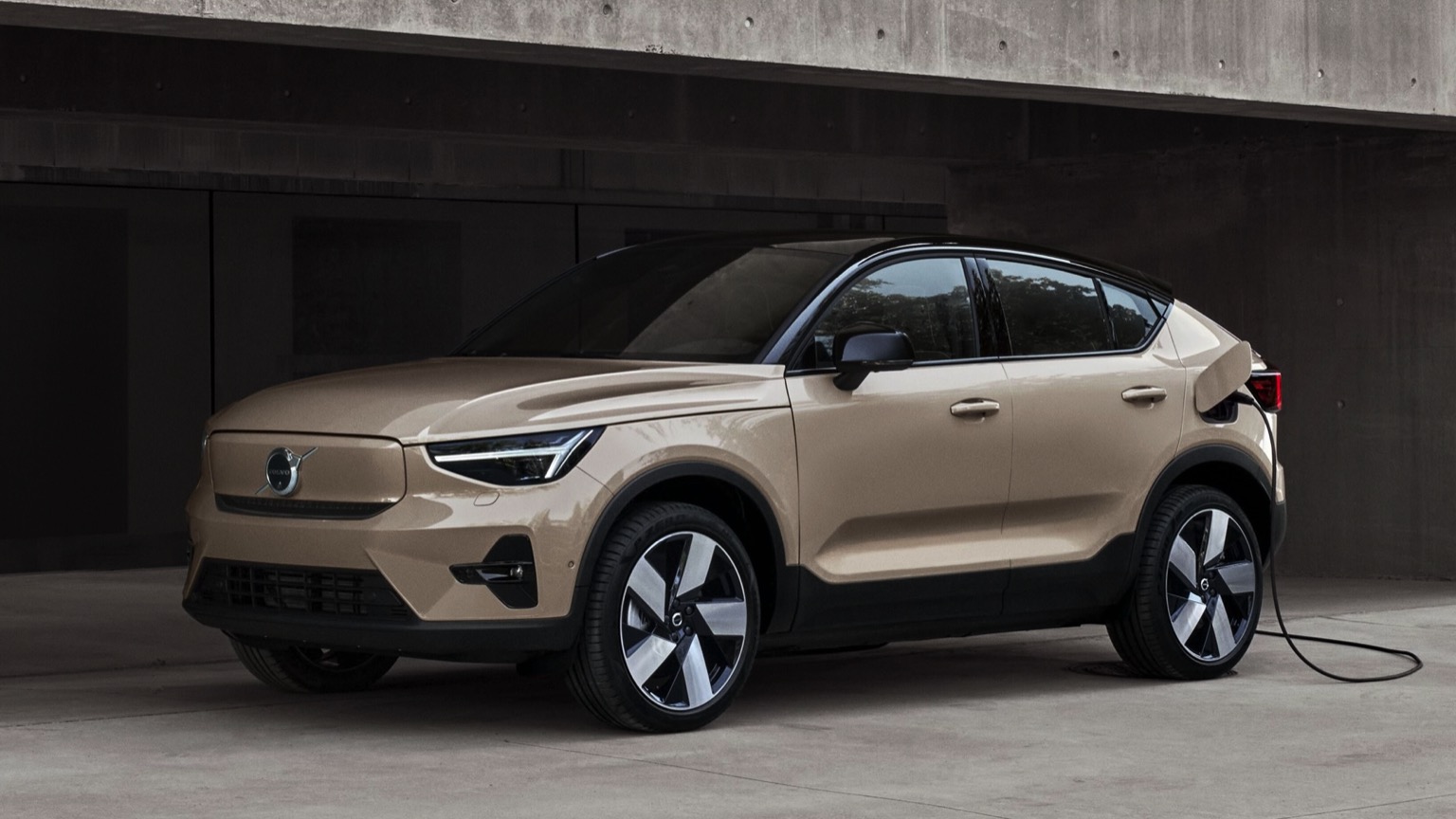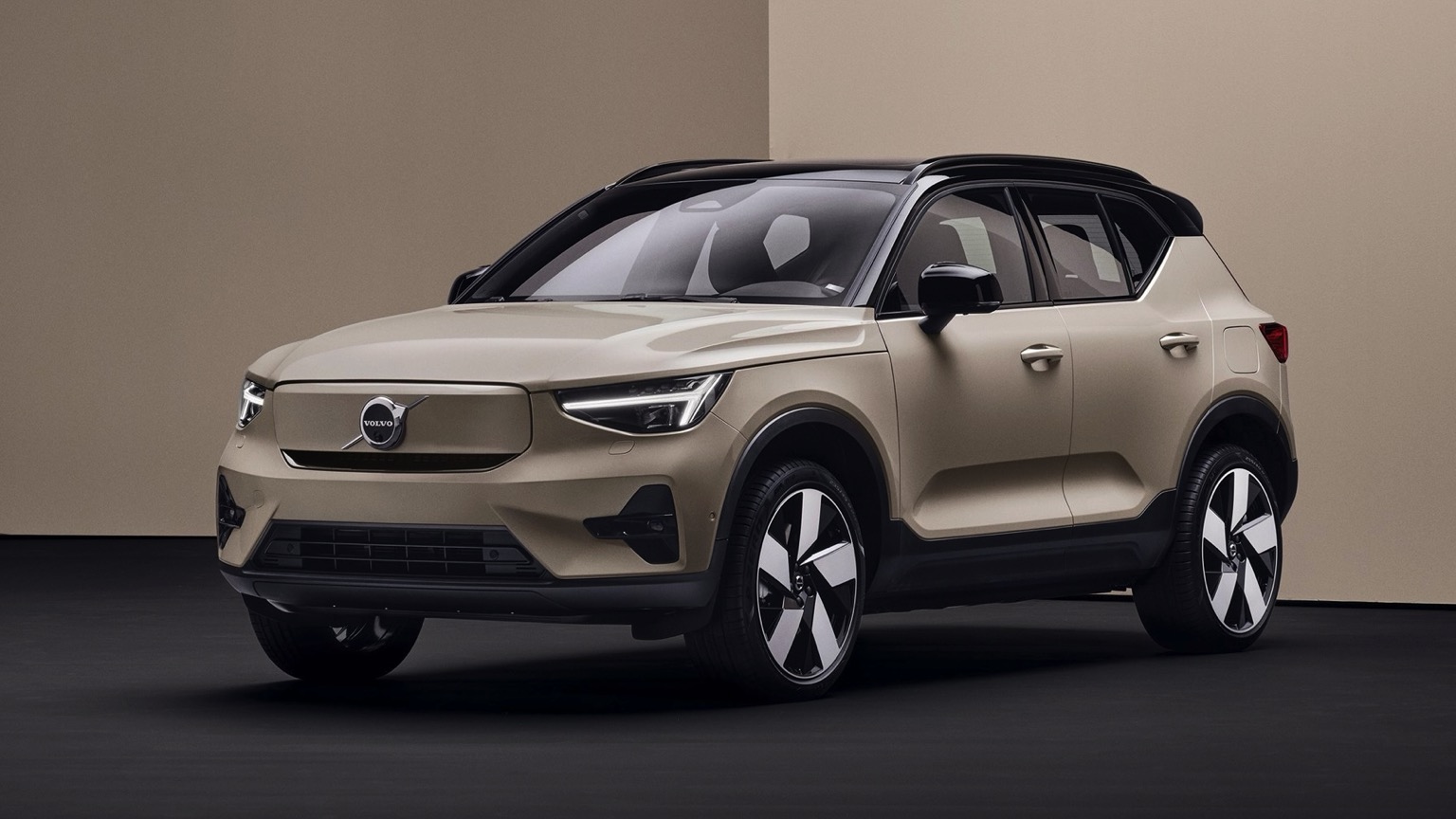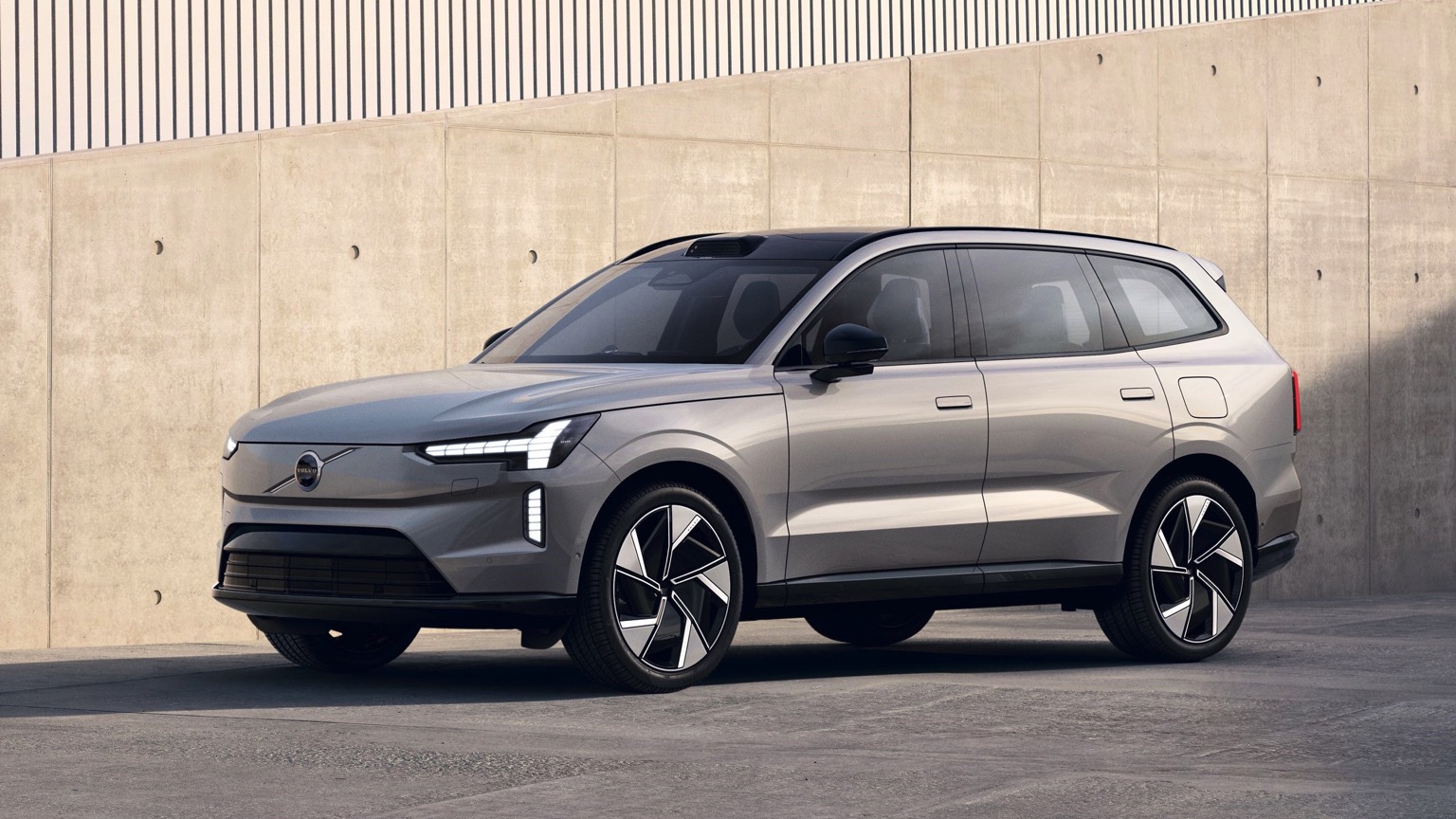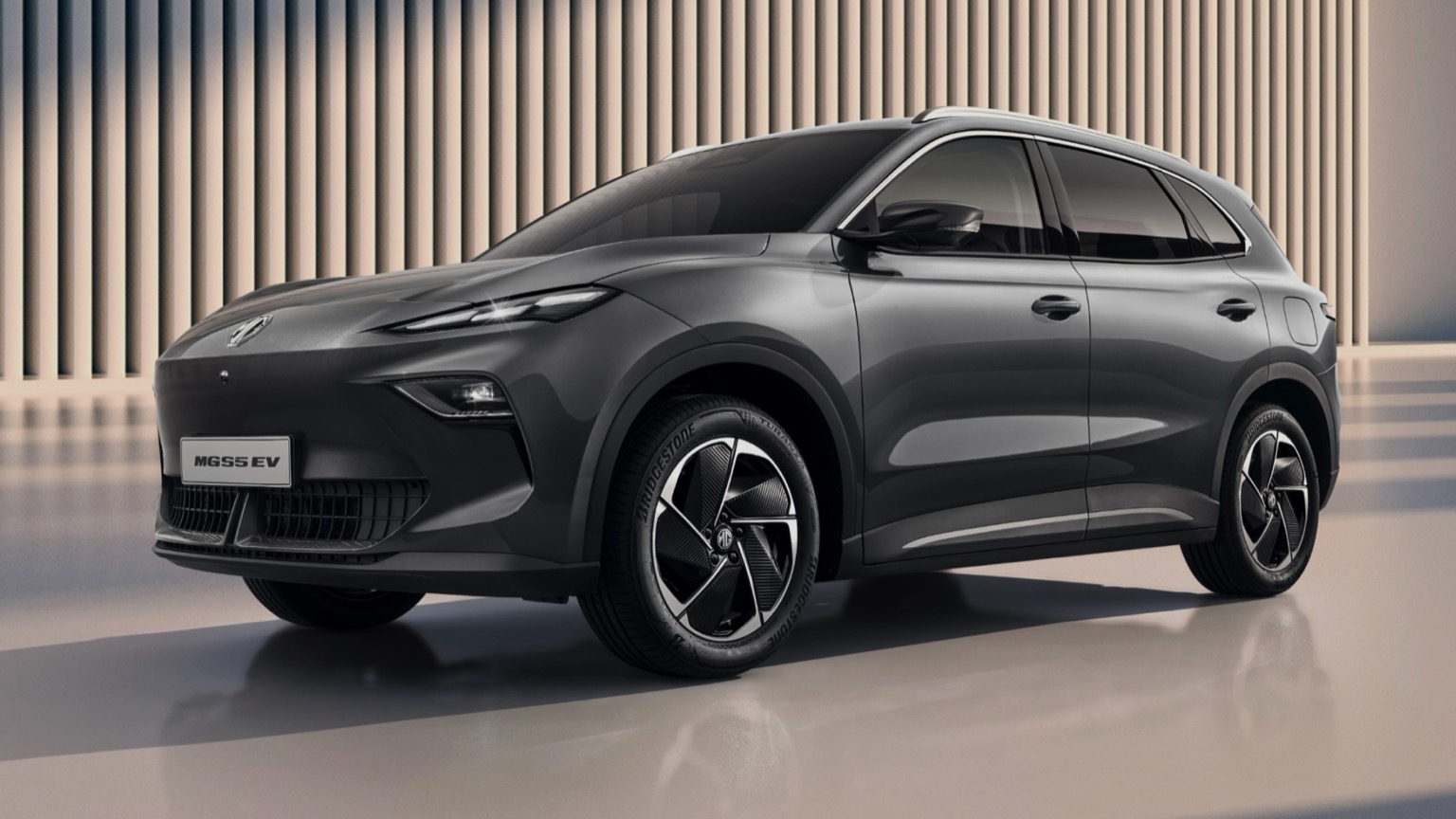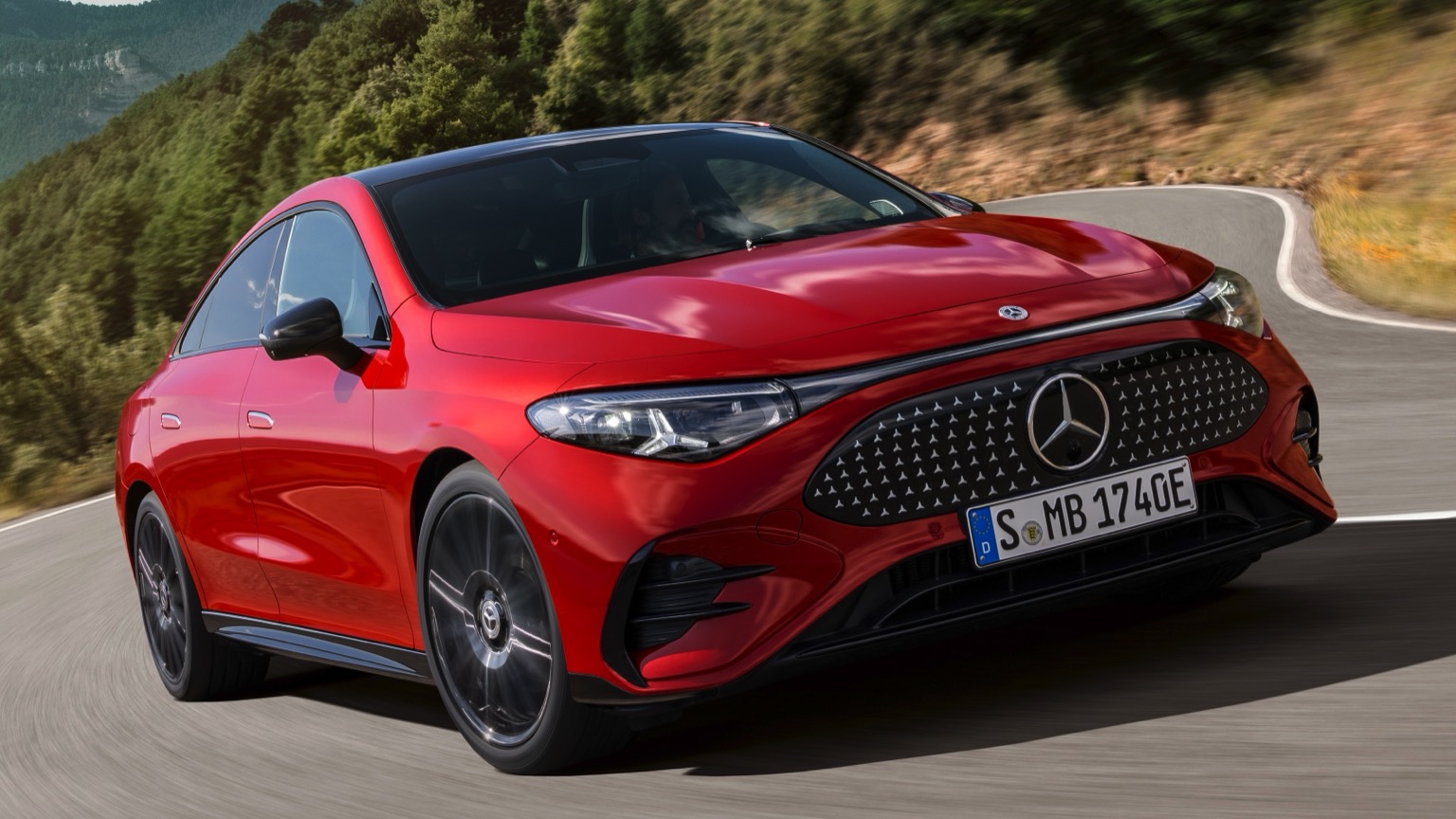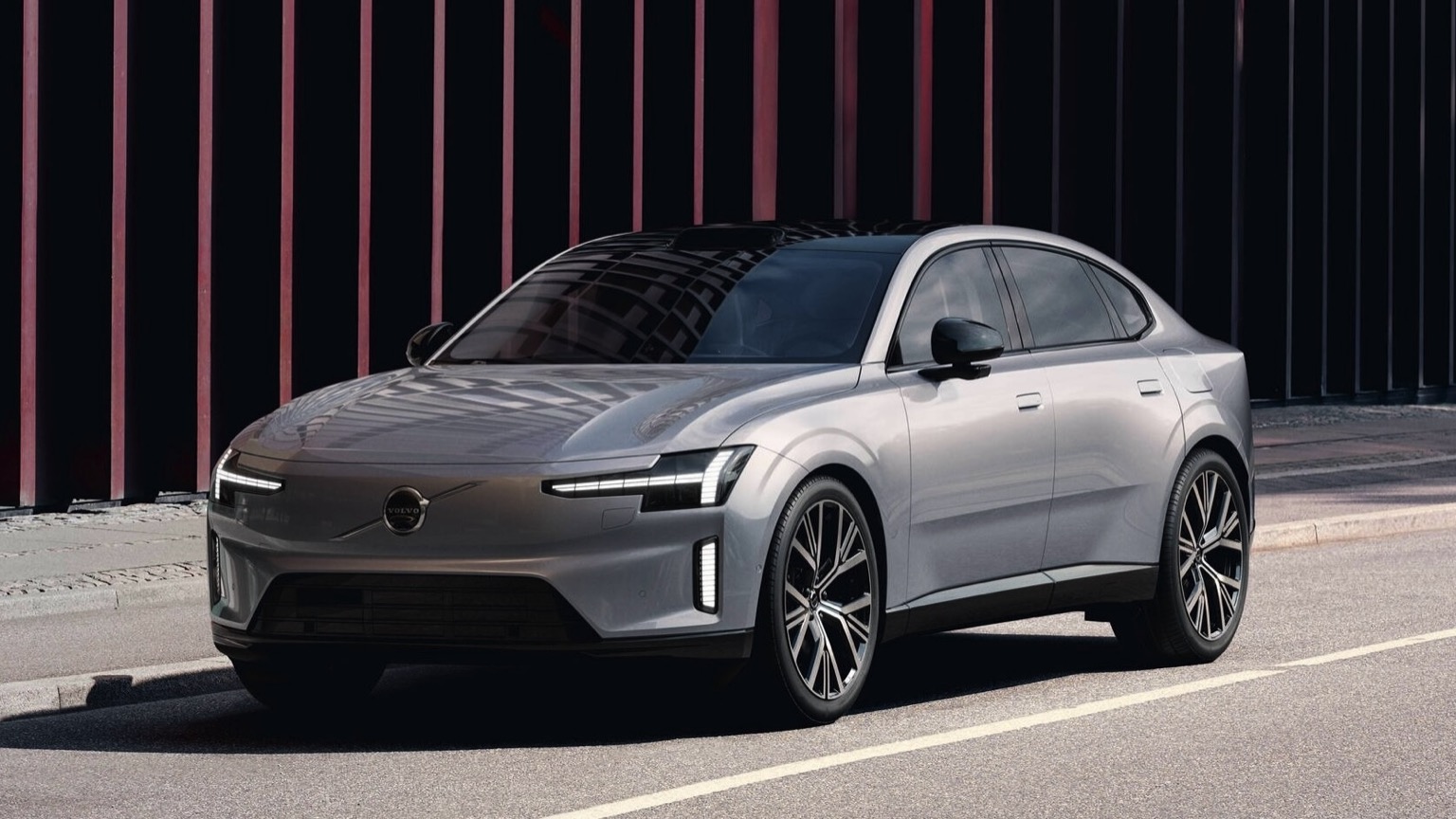Driving Range
In short, how many miles you can travel on a full charge. Is length important? Let’s not open that can of worms…
Efficiency
How many kWh of charge are needed to travel a set distance. The fewer needed, the more efficient your EV is. Easy!
Battery
The bigger the battery, the more power it can hold. In essence, fewer stops needed to top up your charge. Ahh, simplicity!
Top Speed
The maximum speed you can reach with your foot pressed hard to the floor. Important when escaping a zombie apocalypse, we assume.
Seats
Well, you don’t want to have to leave anybody at home… or do you?
Body
From stylish SUVs and compact crossovers, to curvaceous coupes and handy hatchbacks, there’s a perfect shape for everyone!
Isofix
The safe way to attach a child seat. Typically, these are hidden in the join between the back seats, alongside the crumbs from your last meal deal.
Safety Rating
A measure that considers the amount of safety kit installed, how a vehicle performs in crash testing and how safe it is for both pedestrians and cyclists.
| City - Cold Weather | 185 miles |
| Highway - Cold Weather | 130 miles |
| Combined - Cold Weather | 155 miles |
| City - Mild Weather | 280 miles |
| Highway - Mild Weather | 170 miles |
| Combined - Mild Weather | 215 miles |
Indication of real-world range in several situations. Cold weather: 'worst-case' based on -10°C and use of heating. Mild weather: 'best-case' based on 23°C and no use of A/C. For 'Highway' figures a constant speed of 110 km/h is assumed. The actual range will depend on speed, style of driving, weather and route conditions.
| Charge Port | Type 2 |
| Port Location | Left Side - Rear |
| Charge Power | 11 KW AC |
| Charge Time | 5hr 30m |
| Charge Speed | 34 mph |
| Fastcharge Port | CCS |
| FC Port Location | Left Side - Rear |
| Fastcharge Power (max) | 100 |
| Fastcharge Time | 26m |
| Fastcharge Speed | 290 mph |
General Charging (0 - 100%)
Charging is possible by using a regular wall plug or a charging station. Public charging is always done through a charging station. How fast the EV can charge depends on the charging station (EVSE) used and the maximum charging capacity of the EV
| Charging Point:Charging Point | Power:Power | Time:Time |
|---|---|---|
| Charging Point:Wall Plug | Power:2.3 kW | Time:26hr |
| Charging Point:1-Phase 16A | Power:3.68 kW | Time:16hr 15m |
| Charging Point:1-Phase 32A | Power:7.36 kW | Time:8hr 15m |
| Charging Point:3-Phase 16A | Power:3.68 kW | Time:5hr 30m |
| Charging Point:3-Phase 32A | Power:7.36 kW | Time:5hr 30m |
Rapid Charging (10 - 80%)
Rapid charging enables longer journeys by adding as much range as possible in the shortest amount of time. Charging power will decrease significantly after 80% state-of-charge (SoC) has been reached.
| Charging Point:Charging Point | Average Power:Average Power | Time:Time |
|---|---|---|
| Charging Point:CCS 50 | Average Power:45 kW | Time: 50m |
| Charging Point:CCS 100 | Average Power:85 kW | Time: 26m |
| Charging Point:CCS 150 | Average Power:85 kW | Time: 26m |
| EVDB Real Range | 185 miles |
| EVDB Vehicle Consumption | 275 Wh/mi |
| EVDB CO2 Emissions | 0 g/mi |
| EVDB Vehicle Fuel Equivalent | 1.47 l/100mi |
| WLTP Real Range | 250 miles |
| WLTP Rated Consumption | 24.8 Wh/mi |
| WLTP Vehicle Consumption | 20.3 Wh/mi |
| WLTP CO2 Emissions | 0 g/mi |
| WLTP Rated Fuel Equivalent | 1.63 l/100mi |
| WLTP Vehicle Fuel Equivalent | 1.99 l/100mi |
| Acceleration 0 - 100 km/h | 9 sec |
| Top Speed | 93 mph |
| Electric Range* | 185 miles |
| Total Power* | 115 kWh |
| Total Torque* | 260 Nm |
| Drive | Front |
| Safety Rating | N/A |
| Rating Year | N/A |
| Adult Occupant | N/A |
| Child Occupant | N/A |
| Vulnerable Road Users | N/A |
| Safety Assist | N/A |
For more details on the safety rating of this vehicle, visit euroncap.com
| Nominal Capacity | 54 kWh |
| Battery Type | Lithium-ion |
| Number of Cells | 102 |
| Architecture | 400 V |
| Useable Capacity | 50.8 kWh |
| Cathode Material | NCM811 |
| Pack Configuration | 102s1p |
| Nominal Voltage | 377 V |
| Length | 4118 mm |
| Width | 1802 mm |
| Width (with mirrors) | 1988 mm |
| Height | 1534 mm |
| Wheelbase | 2558 mm |
| Weight Unladen (EU) | 1625 kg |
| Gross Vehicle Weight (GVWR) | 2008 kg |
| Max. Payload | 458 kg |
| Cargo Volume | 350 L |
| Cargo Volume (Max) | 1050 L |
| Cargo Volume Frunk | N/A |
| Roof Load | N/A |
| Tow Hitch Possible | No |
| Towing Weight Unbraked | N/A |
| Towing Weight Braked | N/A |
| Vertical Load Max | N/A |
| Seats | 5 |
| Isofix | Yes, 2 seats |
| Turning Circle | 10.7m |
| Platform | PSA eCMP |
| Car Body | SUV |
| Segment | C |
| Roof Rails | No |
| EV Dedicated Platform | No |
* = estimated value. Average energy consumption and range based on moderate drive style and climate. Real-life values may differ significantly. Pricing information might not be actual for some regions. No rights can be derived from the information on this site.
Petrol
Electric
Charging with the intelligence of zappi
Potential savings
Cost to charge off-peak
Cost to charge off-peak and solar
Display cost to charge

*Petrol annual cost based on 10,000 miles at £1.41/litre. Electric annual cost based on 10,000 miles charging on a flat rate tariff costing £0.27p/kWh. Off-peak tariff based on Octopus Intelligent Go’s time-of-use pricing at 7.5p/kWh. Pricing of tariffs varies by region. Costs shown do not include any additional charges (such as standing charge) or discounts. Assuming 25% of your car battery is charged with solar. Cost projections exclude any export payments. These calculations are based on the manufacturer’s NEDC figures. Your mileage and performance may vary based on the weather, your driving style and type of route driven.
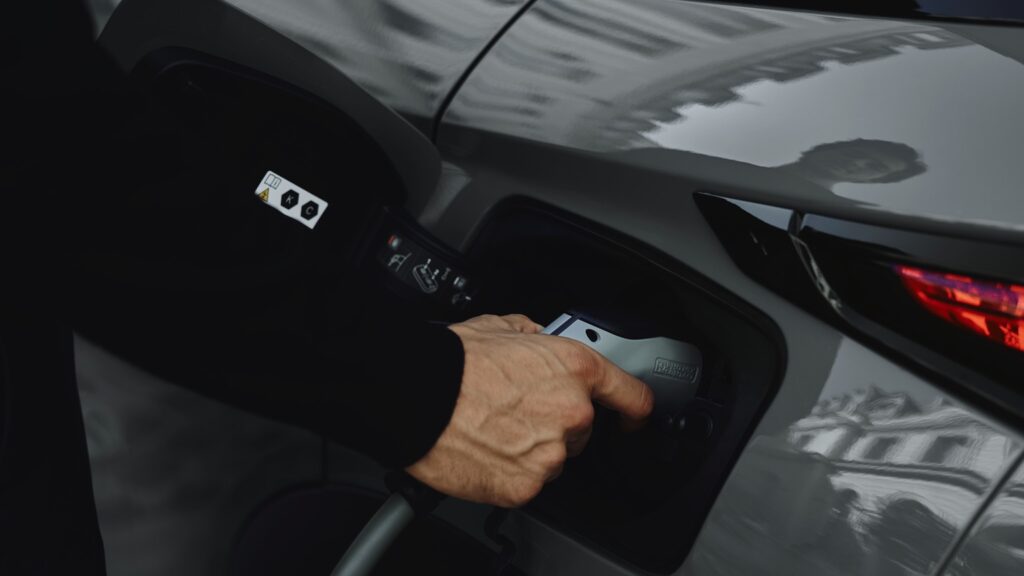
DS3 e-tense Charging Guide
Setting the standards in technical capability and class-leading efficiency, the DS3 brings elegance, comfort and character to every journey.
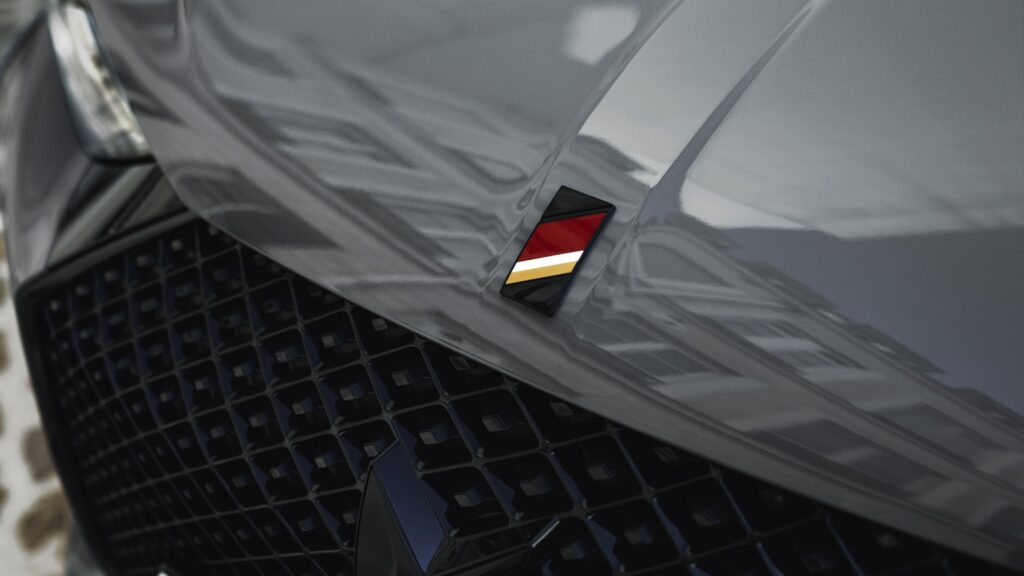
Can I charge the DS3 e-tense at home?
Absolutely! Having an EV charger installed at home is a simple and convenient way to keep your car charged up and ready for your next adventure. What’s more, if have renewable energy generation tech, eco-smart chargers (like the myenergi zappi) enable you to charge using 100% green energy.
How long does it take to charge the DS3 e-tense?
7 hours and 42 minutes*
*Using a 7kW myenergi zappi, charging from empty will take 7 hours and 42 minutes. However, as the car is 11kW AC capable, you can use a 22kW zappi, which will take just 5 hours and 30 minutes.
What is the range of the DS3 e-tense?
185 miles**While range depends on a series of factors, including your driving style and type of journey you’re undertaking, the DS3 e-tense can travel up to 185 miles on a single charge.
How much does it cost to charge the DS3 e-tense?
£3.75**Based on off-peak timings, the DS3 e-tense would cost around £3.75 to charge from empty. If you’re looking to charge using solar during the same period, the cost per charge would reduce to £2.81.
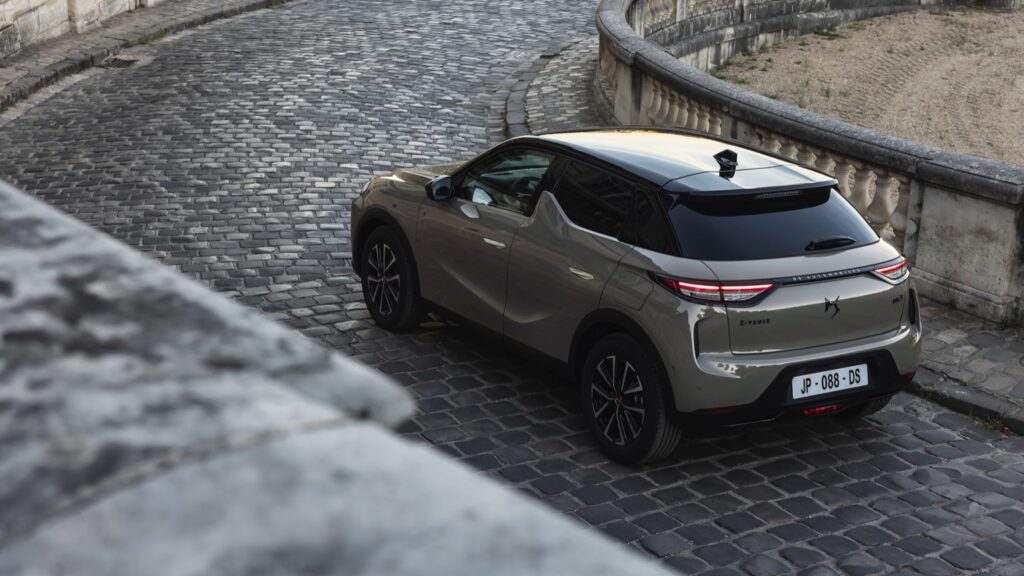
How much is the DS3 e-tense?
Prices start from £37,265* with three model variants available, all fitted with an advanced safety pack, including an emergency braking system, lane assist and intelligent speed adaption.¬¬¬¬ The mid-range Esprit de Voyage model (from £39,725*) adds 18in alloy wheels and the DS Iris system, while the top-of-the-range Opera model (from £42,035*) is also fitted with sports pedals and heated and electric seats.
*Prices correct as of February 2024.
Similar Electric Vehicles

